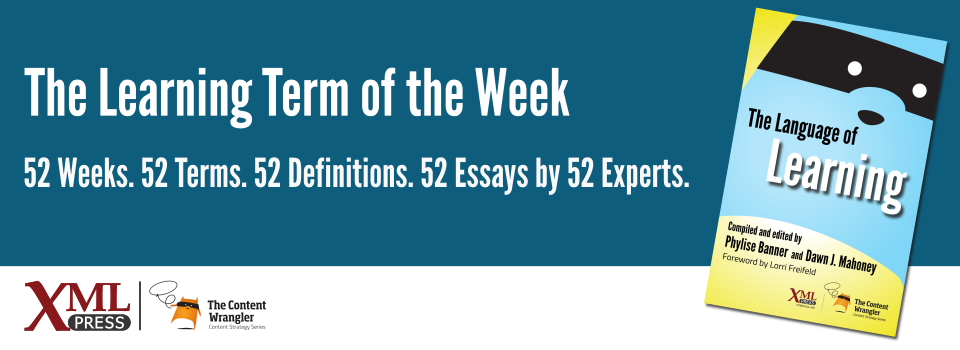What is it?
A hierarchical model that classifies the cognitive processes of learning into increasing levels of complexity and abstraction. Bloom’s Taxonomy was proposed in 1956 by a team led by educational psychologist Benjamin Bloom.
Why is it important?
Bloom’s taxonomy remains highly influential as a framework for scaffolding instruction and articulating learning objectives. Often depicted as a pyramid(Armstrong 2010), it represents a progression from lower-order to higher-order thinking skills:
- Remember: Recall facts or basic knowledge
- Understand: Explain ideas or concepts
- Apply: Use knowledge to address novel contexts
- Analyze: Make connections among ideas
- Evaluate: Exercise judgment and defend decisions
- Create: Develop new or original work
Why does a business professional need to know this?
Bloom’s Taxonomy informs the development of effective employee and consumer-facing training programs by helping facilitators to:
Identify the type(s) of knowledge required: The taxonomy divides knowledge into four domains: factual, conceptual, procedural, and metacognitive. Understanding the types of knowledge a training program seeks to impart informs the development of relevant content and instructional strategies.
Target the appropriate level of learning for a given audience: Lower-order cognitive skills are prerequisites for the development of higher-order skills. For example, learners must first be able to recall and understand industry terminology before they can correctly apply those terms in written and verbal communication.
Articulate the desired outcomes of a training program: Various sources have mapped action verbs(Shabatura 2014) to each level of Bloom’s taxonomy to support the development of learning outcomes that are well-aligned with instructional goals. Clear outcomes ensure learners understand the purpose of the training and how it will help them perform specific tasks, which can boost engagement and persistence. By first articulating the tasks and behaviors a training program will address, instructors can design relevant activities and assessments, making the training experience more efficient and effective.
Allocate time and resources for training: More complex cognitive tasks require more time for instruction, more opportunities for practice, and more robust support for learners.
Evaluate training: By considering the level of learning and intended outcomes of training programs, evaluation instruments can more accurately assess their effectiveness and return on investment.
References
- (Armstrong 2010) Bloom’s Taxonomy: Armstrong, Patricia. (2010). Vanderbilt University Center for Teaching. Retrieved July 22, 2022.
- (Flanagan 2019) Bloom beyond Bloom: Using the Revised Taxonomy to develop experiential learning strategies: Flanagan, Deanna. (2019). How to Use Bloom’s Taxonomy for Business. Retrieved July 22, 2022.
- (Krathwohl 2002) A Revision of Bloom’s Taxonomy: An Overview.: Krathwohl, David R. (2002). Theory into Practice 41, 4 (Autumn): 212-218. PDF format.
- (Shabatura 2014) An application of Bloom’s Taxonomy to the teaching of business ethics: Shabatura, Jessica. (2014). University of Arkansas TIPS (Teaching Innovation and Pedagogical Support).



